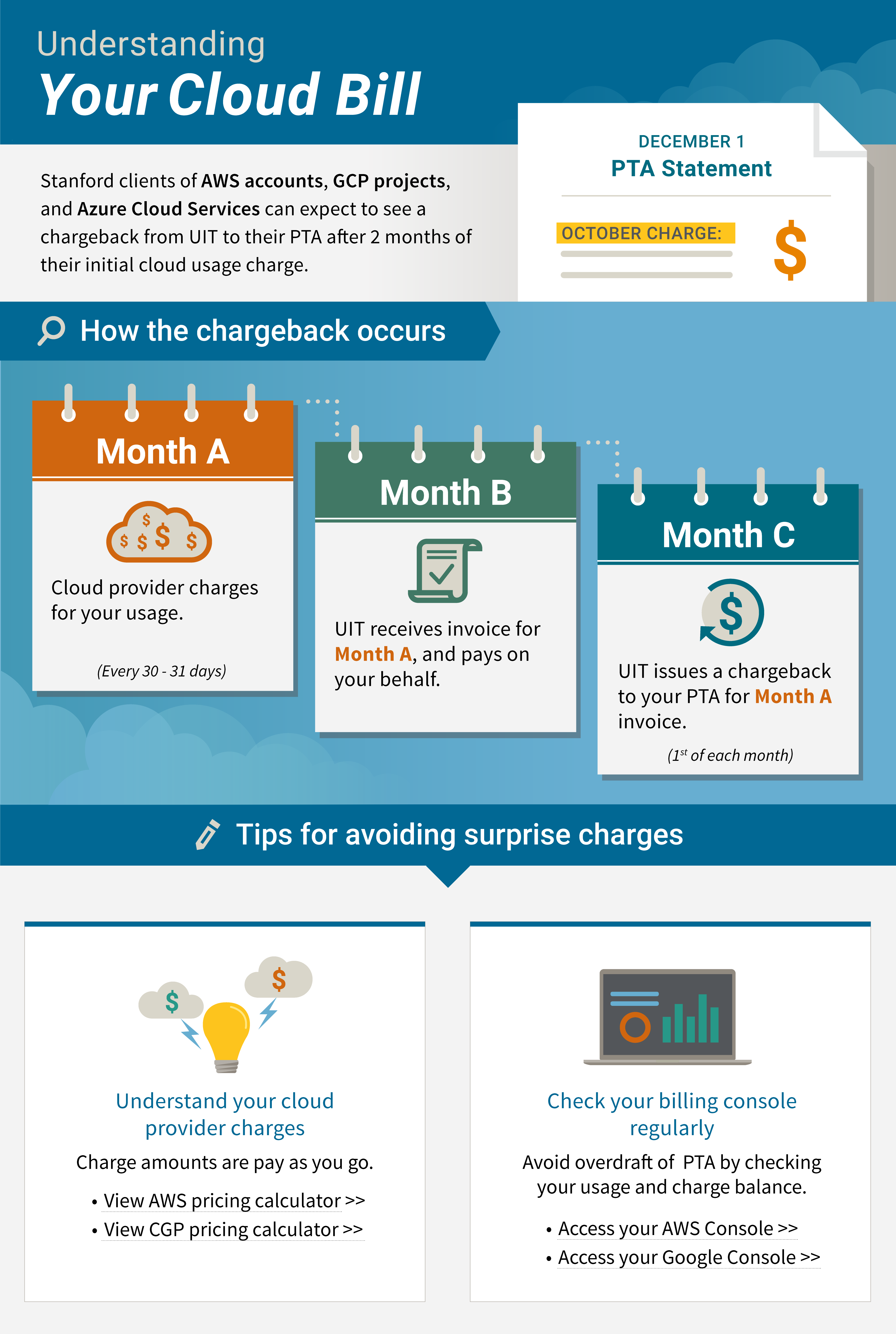Google Cloud Platform (GCP), is a suite of cloud computing services that run on the same infrastructure that Google uses internally for end-user products like Google Search, Gmail, YouTube, etc. It provides a reliable place to compute and store data and helps developers build, test, and deploy apps.
If you're new to cloud, check out the resources section to learn more.

